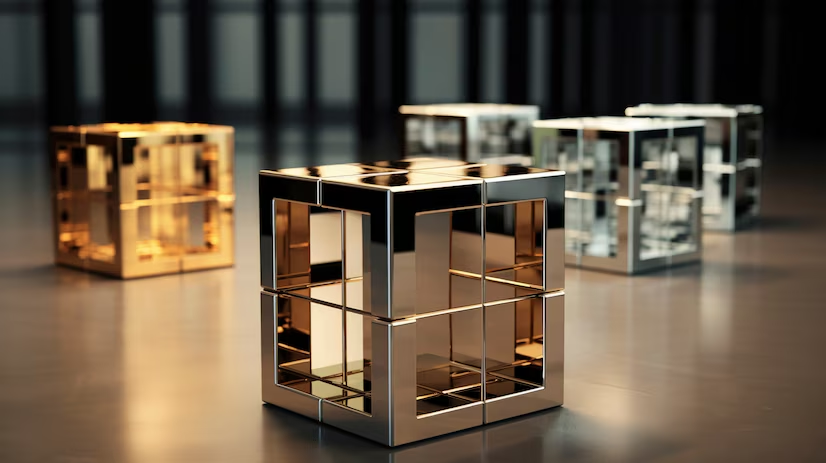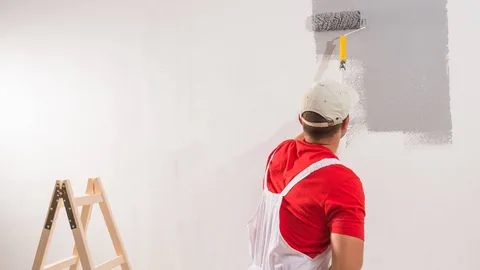The luxury goods industry thrives on elegance, exclusivity, and impeccable aesthetics. In an era dominated by digital transformation, brands are seeking innovative ways to connect with their audience while maintaining the high standards synonymous with luxury. One of the most powerful tools in this evolution is 3D animation. Offering unparalleled realism and immersive experiences, 3D animation is reshaping the luxury sector’s approach to marketing, product visualization, and customer engagement. This blog will delve into how 3D animation services are influencing the luxury goods industry and explore the technological overlap between the high-end product market and the gaming industry, touching on concepts like what is a AAA game.
1. The Rise of 3D Animation in Luxury Marketing
Luxury brands have always been pioneers in using visual storytelling to captivate their audience. As consumer preferences shift toward digital experiences, these brands are adopting 3D animation services to bring their narratives to life. Unlike traditional photography or 2D imagery, 3D animation offers dynamic visuals that can simulate real-life product interactions, enhancing customer perception.
a. Immersive Product Visualizations
3D animation allows luxury brands to create hyper-realistic product models that offer a detailed view of every element. From the intricate stitching of a leather handbag to the delicate gleam of a diamond necklace, 3D animations enable brands to showcase products in a way that photos and videos cannot. By using advanced rendering techniques, 3D artists can manipulate light, shadows, and textures, giving customers an experience akin to physically holding the product.
b. Virtual Try-Ons and Customization
The demand for personalized luxury experiences has pushed brands to develop virtual try-on solutions using 3D technology. Consumers can now see how a luxury watch looks on their wrist or how a handbag complements their outfit, all through an app or website. With the integration of augmented reality (AR) and 3D animation, brands provide customization options that let customers experiment with colors, materials, and designs in real-time.
2. Transforming the Luxury Shopping Experience with 3D Animation
The integration of 3D animation services is not limited to product visualization; it is also revolutionizing the luxury shopping experience itself. As digital storefronts become more sophisticated, brands are moving beyond simple product showcases to offer immersive, interactive environments that captivate customers.
a. Virtual Showrooms
Virtual showrooms are becoming a staple in luxury retail, offering an immersive space where customers can explore collections from the comfort of their homes. These 3D-animated environments are designed to replicate the experience of visiting a high-end boutique, complete with lifelike textures, lighting, and product displays. Shoppers can navigate these virtual spaces, interact with products, and view them from different angles, making the online shopping experience more engaging.
b. Enhancing E-Commerce with 3D Configurators
3D configurators are another revolutionary tool luxury brands are utilizing. They allow customers to customize their purchases in a fully interactive way. From choosing the type of leather on a bespoke bag to selecting the car’s paint finish, these configurators, powered by 3D animation services, bring the customization experience to life, ensuring that consumers have a deep connection with the products they are investing in.
3. Storytelling and Brand Identity Through 3D Animation
Luxury brands have long relied on storytelling to convey their heritage and values. In the digital age, 3D animation services provide brands with innovative methods to communicate their stories in a visually engaging and memorable way.
a. Crafting Digital Campaigns
Digital campaigns featuring 3D animation create a compelling narrative that showcases the artistry and craftsmanship behind luxury products. For example, a jewelry brand may use 3D animation to depict the journey of a diamond from the mine to the finished product, highlighting each stage of the meticulous process. These visual stories not only engage audiences but also reinforce the brand’s commitment to quality and authenticity.
b. Creating Virtual Influencers
Some luxury brands are experimenting with virtual influencers—digital personas created entirely through 3D animation. These influencers model products, share lifestyle tips, and engage with audiences, blending seamlessly into the online environment. The advantage of virtual influencers is their versatility and consistency; they can be crafted to embody the brand’s ideals perfectly, and they are not constrained by the limitations of real-life models.
4. AAA Games and Luxury: The Convergence of Industries
The luxury industry’s integration of 3D animation is reminiscent of the gaming industry, especially in the development of AAA games. Understanding what is a AAA game reveals significant overlaps between these industries. AAA games are high-budget, high-quality video games that rely heavily on advanced 3D animation techniques to create immersive, lifelike worlds. The luxury sector can draw inspiration from these methods to enhance its digital presence.
a. Advanced Rendering Techniques
In AAA game development, rendering is a crucial aspect that ensures realistic textures, lighting, and environments. Luxury brands can leverage similar rendering techniques to create hyper-realistic animations of their products. By employing advanced shaders, real-time lighting adjustments, and detailed texturing, brands can achieve a level of visual fidelity that enhances customer trust and engagement.
b. Interactive Experiences and Gamification
Luxury brands are also adopting gamification strategies inspired by AAA games. By integrating interactive 3D elements and animations into their marketing campaigns, brands can create engaging customer experiences. For instance, a luxury automotive brand could develop a gamified virtual showroom where users can drive a digital version of a car through a scenic route, enhancing their connection with the product.
5. The Impact of 3D Animation on Sustainability and Production
Sustainability is becoming a critical concern for luxury brands, and 3D animation services are playing a pivotal role in addressing this issue. Traditional product prototyping and photoshoots can be resource-intensive and wasteful, but 3D animation offers a more sustainable alternative.
a. Digital Prototyping and Sampling
With 3D animation, brands can create digital prototypes of products before moving on to physical production. This method allows designers to experiment with different materials, shapes, and colors without wasting resources. Digital sampling also accelerates the design process, as changes can be made instantaneously, reducing the overall carbon footprint associated with traditional methods.
b. Virtual Fashion Shows
Fashion shows are central to luxury brands, but they often involve extensive travel, set construction, and material use. Virtual fashion shows powered by 3D animation offer an eco-friendly alternative. By using digital avatars and virtual environments, brands can showcase their collections to a global audience without the environmental impact of physical events.
6. Hyper-Realistic Animation and the Future of Luxury Branding
The future of luxury branding is set to be shaped by hyper-realistic animation. As technology advances, 3D animation is becoming increasingly lifelike, blurring the lines between the digital and physical worlds. This shift offers numerous opportunities for luxury brands to innovate and stay ahead of their competition.
a. Creating Ultra-Realistic Digital Twins
Digital twins, hyper-realistic 3D models of products, are becoming an essential tool for luxury brands. These digital replicas are so lifelike that they can be used in marketing materials, virtual stores, and augmented reality applications. Brands can even employ these digital twins to offer virtual fittings and experiences that mimic real-world interactions, enhancing the customer’s buying journey.
b. Personalization and AI Integration
Artificial intelligence (AI) combined with 3D animation services is opening new doors for personalized luxury experiences. By analyzing customer preferences and behaviors, brands can create tailored animations that showcase products specifically curated for each individual. These personalized interactions make customers feel valued and connected to the brand, increasing loyalty and enhancing the luxury experience.
Conclusion
The luxury goods industry is experiencing a digital transformation, with 3D animation services at the forefront of this evolution. By offering immersive product visualizations, enhancing the shopping experience, and creating engaging narratives, 3D animation is helping luxury brands redefine their presence in a competitive market. Furthermore, by adopting techniques from the gaming industry, such as those seen in AAA games, luxury brands are finding new ways to captivate and engage their audience.
As technology continues to advance, the potential for 3D animation in the luxury sector will only grow, making it a critical component in the future of high-end branding. By embracing these innovations, luxury brands are not only staying relevant but also pushing the boundaries of what is possible in digital marketing and customer experience.



